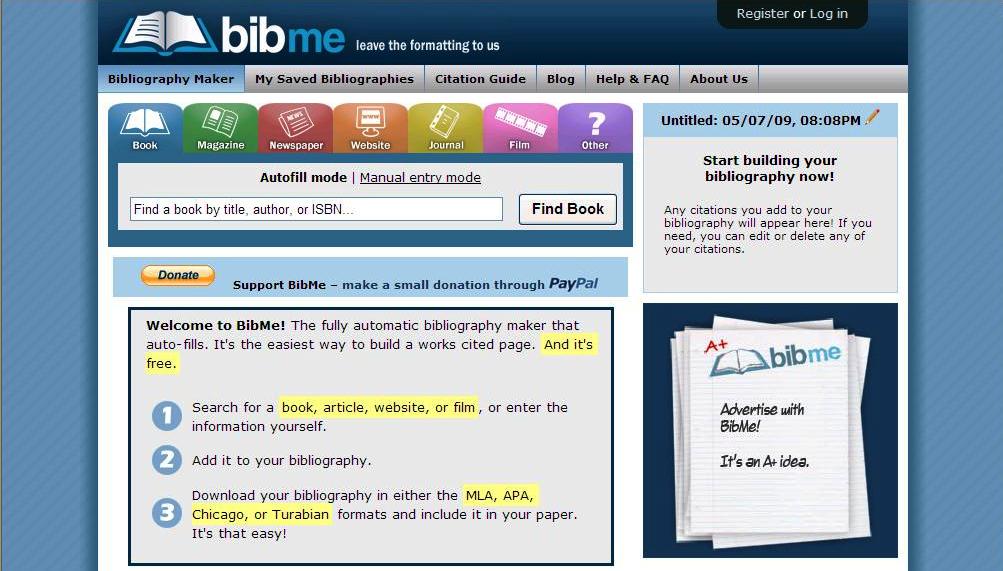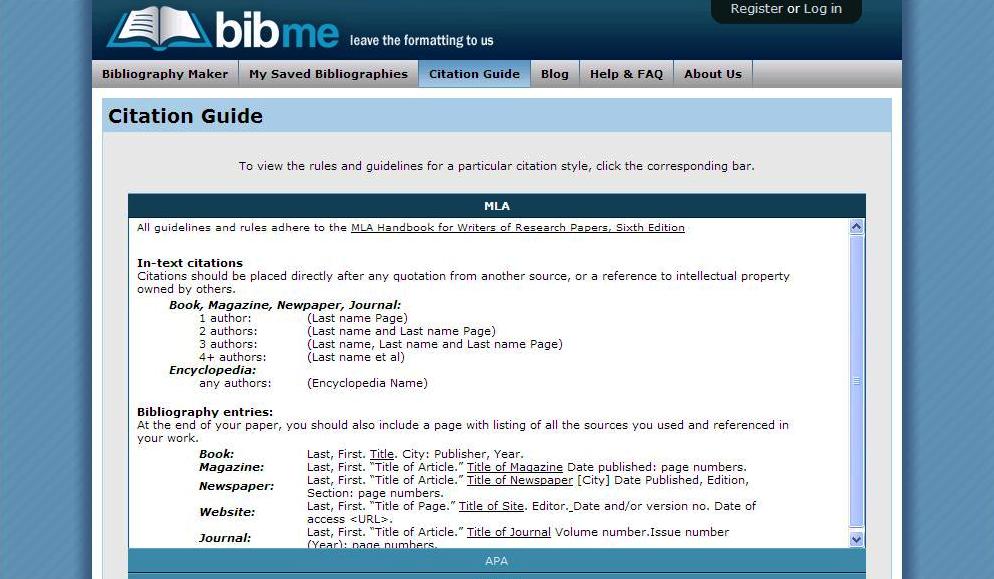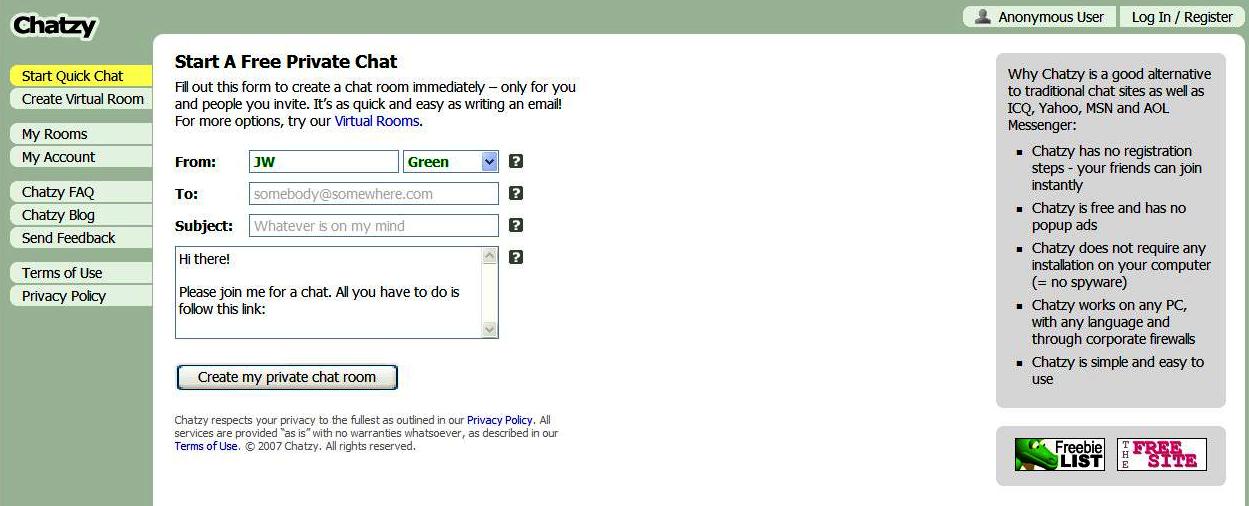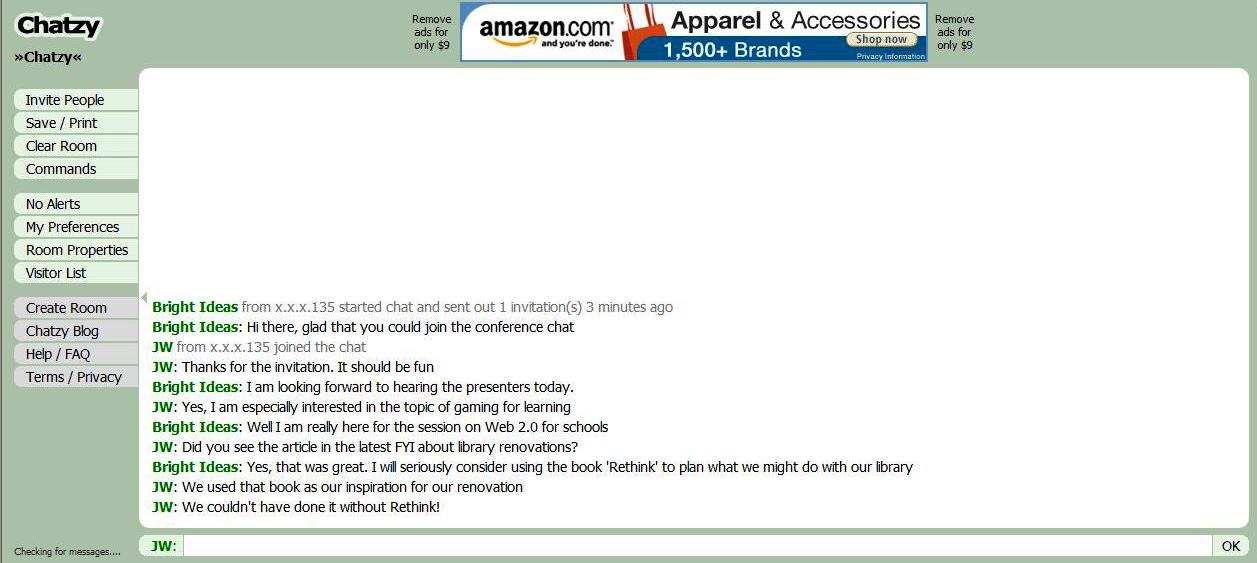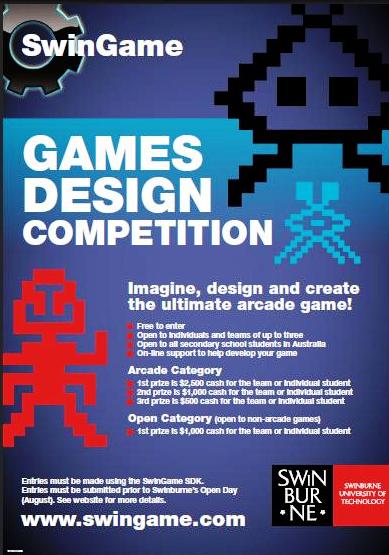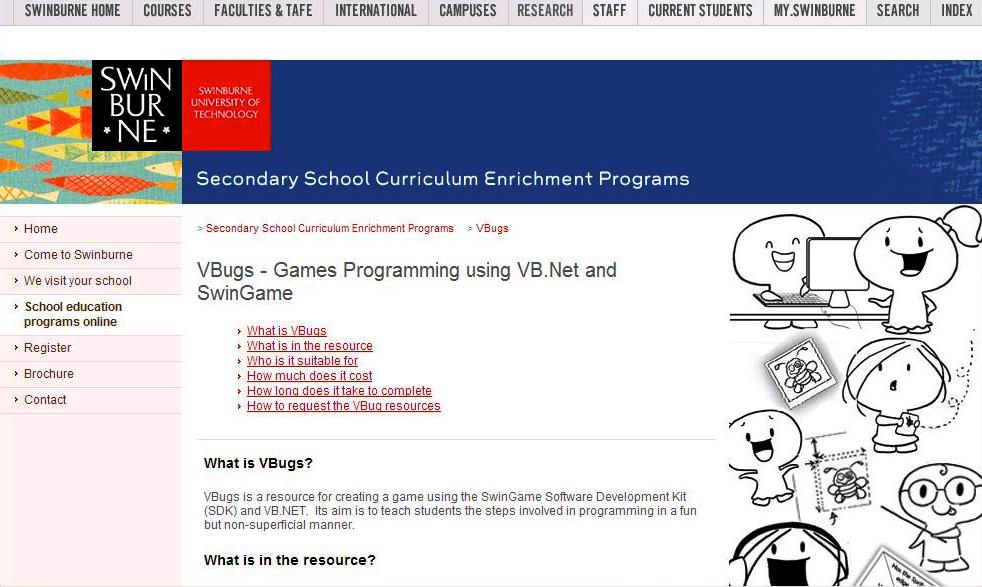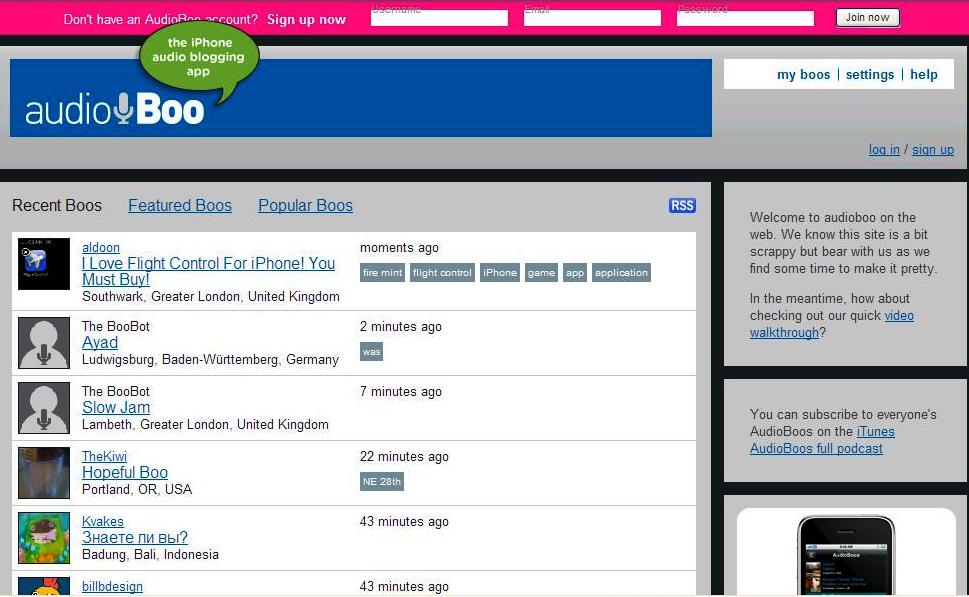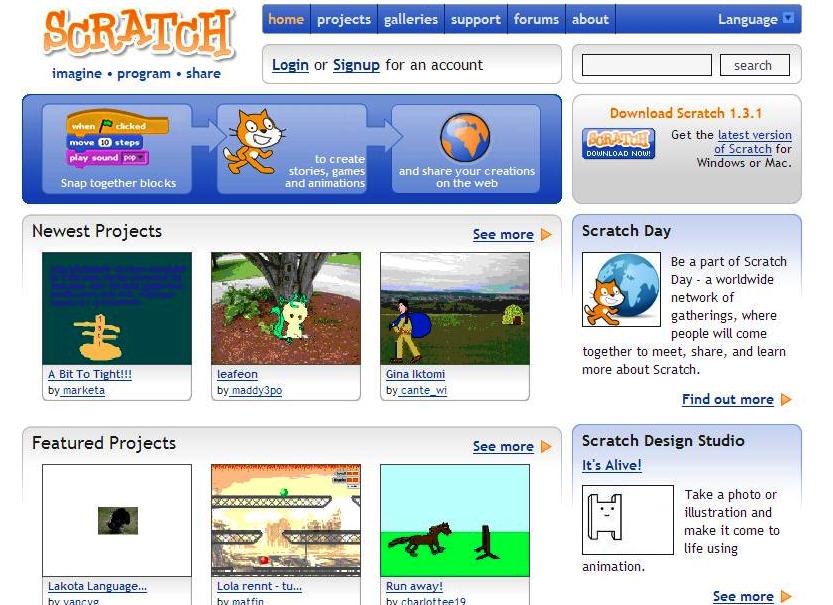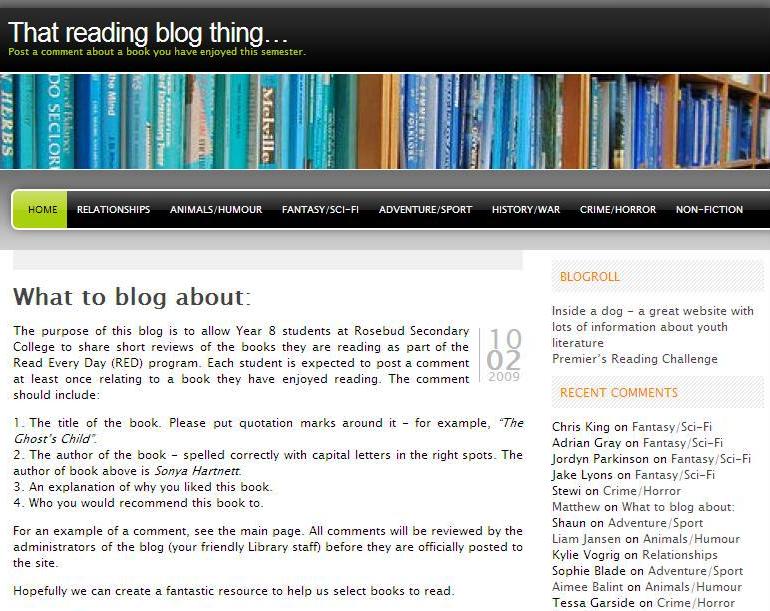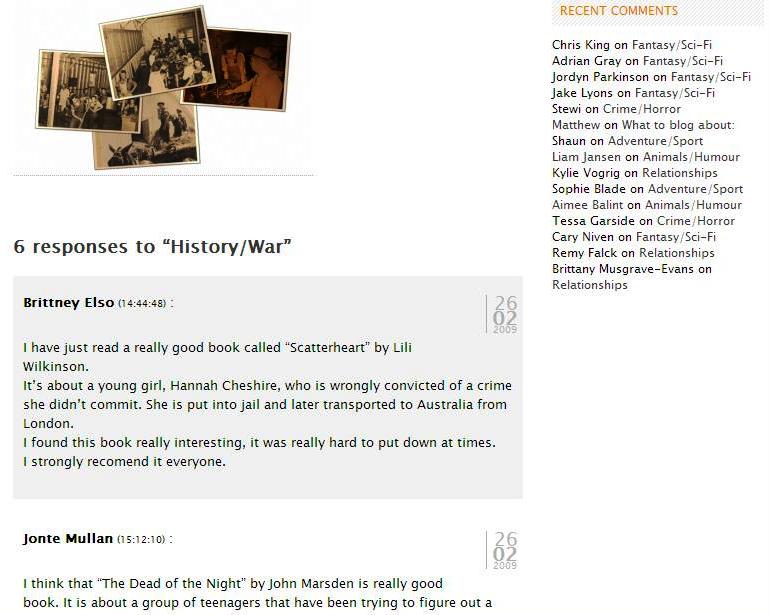Recently the Diamond Valley Leader newspaper featured the wonderful community work of one SLAV member. The aptly named Angela Harridge, teacher librarian at Plenty Valley Christian College has come up with a unique and thoughtful way to support her school’s fire affected families:
Librarian’s quilts offer lots of hugs
“There’s a real mixture; there will be an individual quilt for every child,” Ms Harridge said.
Nothing beats a hug when you’re feeling down.
That thought inspired Plenty Valley Christian College teacher librarian Angela Harridge to create ‘snuggle quilts’ for families who lost homes in the bushfires.
A keen seamstress, Ms Harridge sent out an email asking people to donate any left-over quilt blocks so she could create some quilts for the school’s 12 fire-affected families.
She said the response was overwhelming, with donations coming from as far away as Rhode Island in the United States.
“A community of people have developed, and things have exploded around it,” she said.
“Everyone wanted to help in some way.”
Ms Harridge is now hoping to make more quilts for other bushfire victims.
She said her “snuggle quilts” were a little smaller than regular quilts, and were aimed at younger children.
“You can wrap yourself up in one,” she said.
“They’re a size you can sit on the couch and snuggle under.”
The quilts will all feature unique designs, with bright colours for girls and darker tones for boys.
(Diamond Valley Leader 1/4/09)
Angela’s has her own blog detailing the progress of the snuggle quilts, as well as the kind donations from people all over the world.
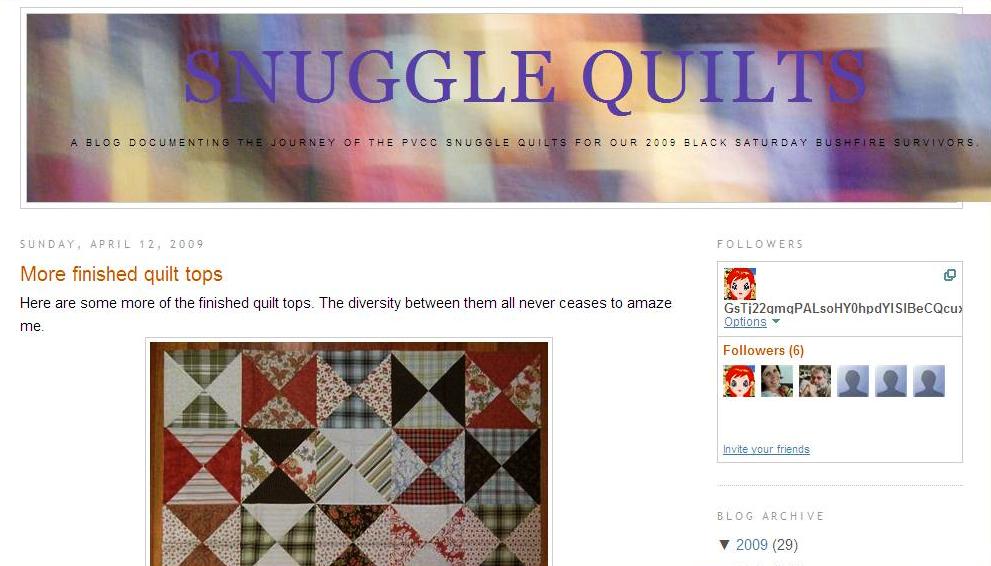
- Snuggle quilts homepage
Angela’s blog profile reads: Mother, Teacher Librarian, reader, lifelong learner and lover of all things fabric and quilting! My mission in life is to hold my family close to my heart, never stop learning and to finish some of the quilts that are running around in my head!
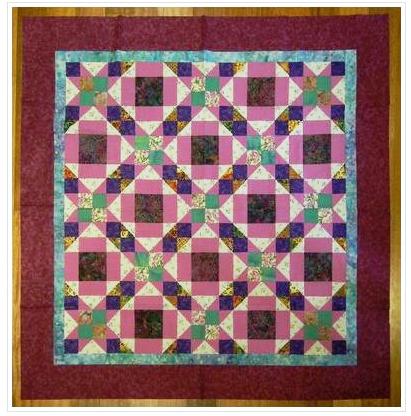
- A fabulous example of Angela’s work made in conjunction with the Clifton Quilters in England
After reading this article, Bright Ideas contacted Angela, who although flat out with the quilting, has provided readers with some more information about her project. She begins with the initial post on her blog:
Monday, March 2, 2009
On Saturday, February 7th, 2009 Victoria was stunned. A firestorm unlike anything we had ever experienced ripped through the Kinglake Ranges, taking lives, homes and our beloved forest with it.
The wider Kinglake area is the main ‘feeder’ area for my school – Plenty Valley Christian College. Many of our families lost everything. Most of us know someone/many who lost their homes, and lives. Needles to say, the College community went into shock, but banded together to support each other, and those in the wider community. As a staff, our main purpose was (and still is) to provide our children with the stable environment they need – for some, school is the ONLY thing in their life that hasn’t changed.
Like many, I felt a great heaviness, as I wanted to do more, but wasn’t sure just how I could help. Until I thought of quilts. A quilt is a gift of love – and love is a powerful healer. With this in mind, I decided to make a ‘snuggle’ quilt for each of the children from school who lost everything. But to achieve this I needed help.
My idea was to make quilt blocks – 9 of these would be put together into quilts large enough to ‘snuggle’ into. The task was a little daunting, but I knew it could be done – so I set about ‘spreading the word’. I emailed the College staff, an online Teacher Librarian quilters list I belong to, and my quilting gals. I let the College community know via our weekly newsletter, and the wider world via Twitter.
The brief:
- 12″ quilt blocks (+ 1/4″ seam allowances).
- Pure cotton fabric.
- Any colour – there are boys and girls from Prep to Year 12.
- Donations of $ or fabric or batting to complete the quilts.
- Quilters willing to put the quilt tops together.
- Quilters willing to do the quilting.
It doesn’t matter how many blocks are made – as well as our children there are many more who need a ‘snuggle’.
The response has blown me away. It appears there are MANY more who feel like I do. Emails have been coming in from around Melbourne, interstate and overseas. Individuals and small groups from within the College community to as far afield as Bristol and Rhode Island are stitching. How amazing is that???
This blog is the story of the journey.
A xo
Angela explains how she has managed the project:
When I began the ‘journey’ I let my Twitter followers know, and sent the email to our staff, the girls I quilt with and quilting friends, put it in the College newsletter, and sent it to my ‘oztl_quilts’ cohort. A few years ago ACT-based Barb Braxton twigged that there were a few oztl_netters who were also quilters, and she started up our oztl_quilts list. We share ideas, offer ‘pearls of wisdom’ and even discuss things like Book Week in relation to quilts (we could make for our libraries). We’re a small bunch, but we’re … well … quilting TLs – and disseminating information is our job!
I guess I should have expected what would happened after sharing the email with those gals … they disseminated it … widely! Those who had the time quilted, and those who weren’t able to, spread the news or sent fabric. Quilts and fabric have come in from around Australia. When Jan Radford was in England she met Heather Southall (Librarian at the Red Maids’ School in Bristol) who is a member of the Clifton Quilters … and it’s this group that has sent so MANY quilts and quilt tops over. Quilts have also arrived from Rhode Island, but I haven’t been able to work out exactly how they found out about it … they’re both teachers, so I ‘assume’ that’s the network through which the information travelled.
The whole thing has really reinforced, for me, the ‘power’ of social networking, the strength of the TL network … and how much people care.
As well as quilts, Barb has been, yet again, involved in her Teddy Bear drive for the children affected. It seems like every time there is a child in need, Barb is there with teddies.
What a dedicated and wonderful person Angela is to make such a difference to the students and families at Plenty Valley Christian College. Thanks also to Barb Braxton for her Teddy Drive. What comforts you ladies have brought to those in need! And what wonderful ways to use the networks you are members of to help others less fortunate than ourselves.

